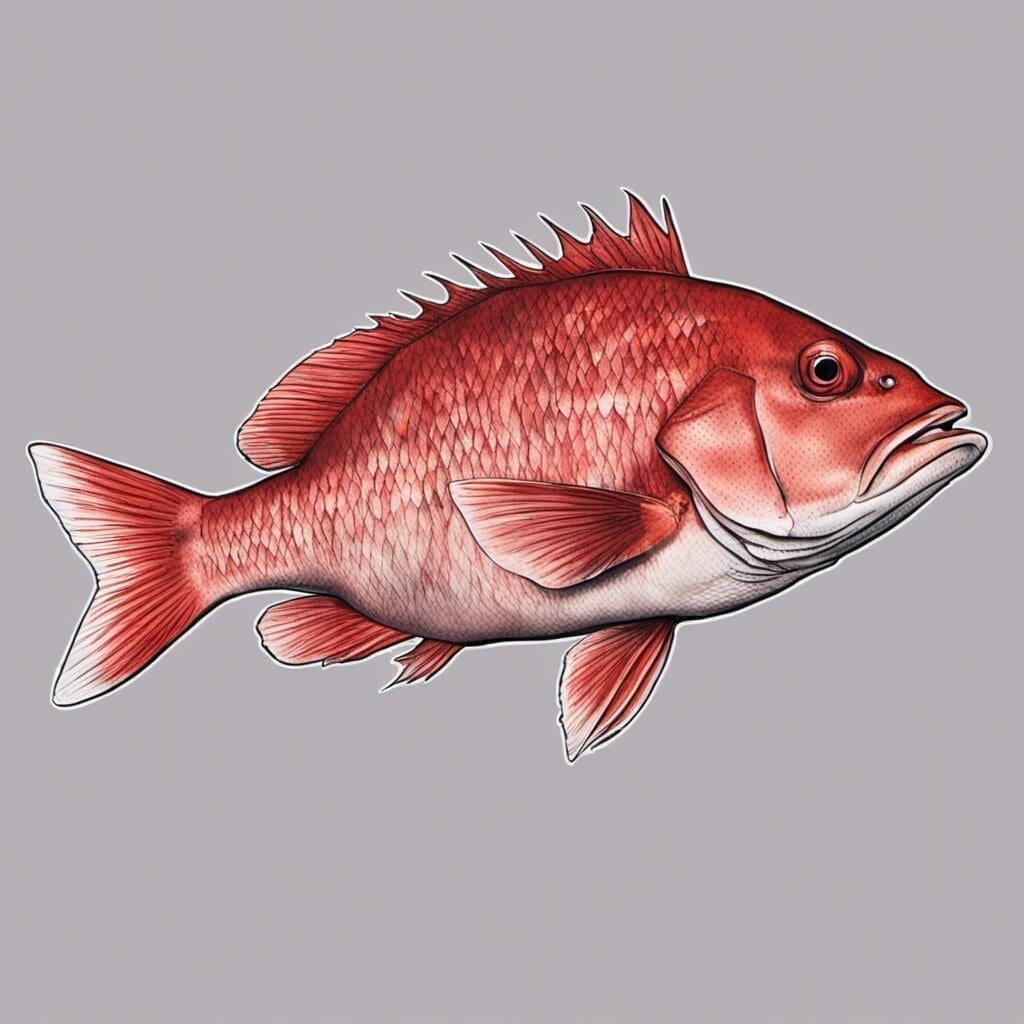Introduction
The Snapper (Vermilion), scientifically known as Rhomboplites aurorubens, belongs to the family Lutjanidae. Often mistaken for the Red Snapper, Vermilion Snapper is a separate species and is distinct for its bright red body color.
Conservation Status
As per the International Union for Conservation of Nature, the Vermilion Snapper is currently listed as ‘Least Concern’ due to its wide geographic distribution and plentiful populations. Conservation efforts for this species involve sustainable fishing regulations and restrictions in catch limits.
Statistics
| Details | Average | Range |
|---|---|---|
| Length | 35 cm | 15 cm – 60 cm |
| Weight | 1 kg | 0.5 kg – 3 kg |
| Average Lifespan | 15 years | 10 – 20 years |
Distribution
Vermilion Snapper is commonly found in the western Atlantic Ocean, from North Carolina all the way down to Bermuda and Brazil. They show a general pattern of migration from deeper offshore waters in the winter to shallower inshore waters in the spring and summer.
Habitats
The Vermilion Snapper mainly habitats in saltwater with a depth range of 40 – 300m. They prefer moderate temperature ranges usually around 20 - 28 °C.
When and Where to See
The best times to observe or fish for Vermilion Snapper are during the spring and summer when they move to shallow waters. They are generally more active during the day, particularly around dawn and dusk.
Best Fishing Locations
Fishing for Vermilion Snapper is particularly popular in the following areas:
- Gulf of Mexico
- Bermuda
- Florida Keys
- South Carolina
- North Carolina
How to Catch
Vermilion Snapper is typically caught using cut bait, squid, or smaller fish. Popular fishing techniques include bottom fishing and trolling. The best time or season for fishing is during the day, particularly around dawn and dusk, in the spring and summer.
Identification Guide
The Vermilion Snapper is distinct for its bright red body color. It has a slender body, relatively short dorsal fin, and a forked tail. It strikingly resembles the Red Snapper but Vermilion Snapper has a more streamlined body and a more forked tail.
Culinary
Vermilion Snapper is well-regarded in culinary circles. It has a mild, sweet flavor with firm, white flesh, ideal for grilling or broiling. It is low in calories but high in protein, vitamin D, and selenium.
Additional Information
Vermilion Snapper is an opportunistic feeder with a varied diet mainly comprising of small fishes, shrimps, crabs, and squids. They are also the target of numerous marine predators including sharks and larger fish. Vermilion Snapper has a significant economic value due to its commercial and recreational fishing demand.

